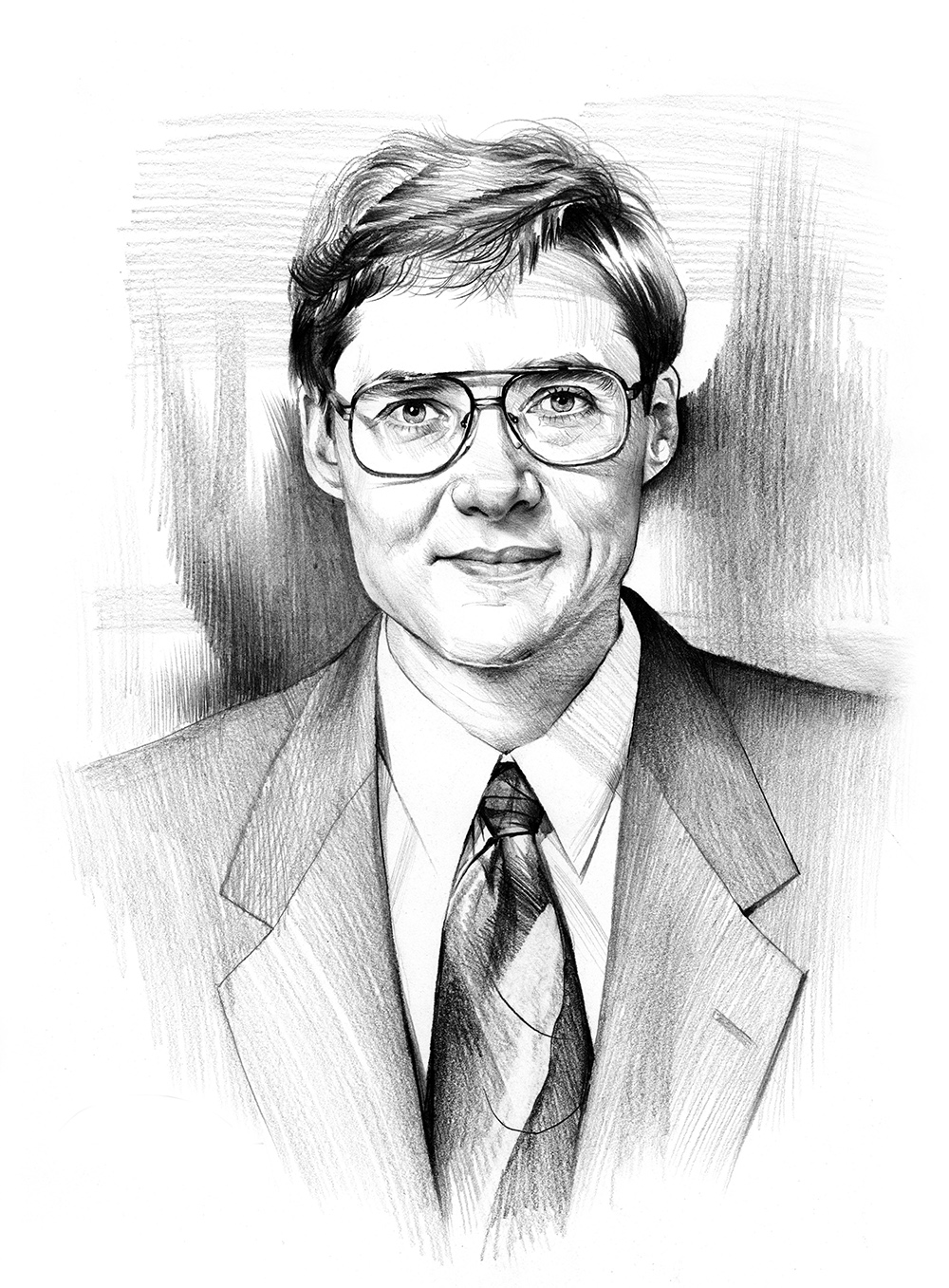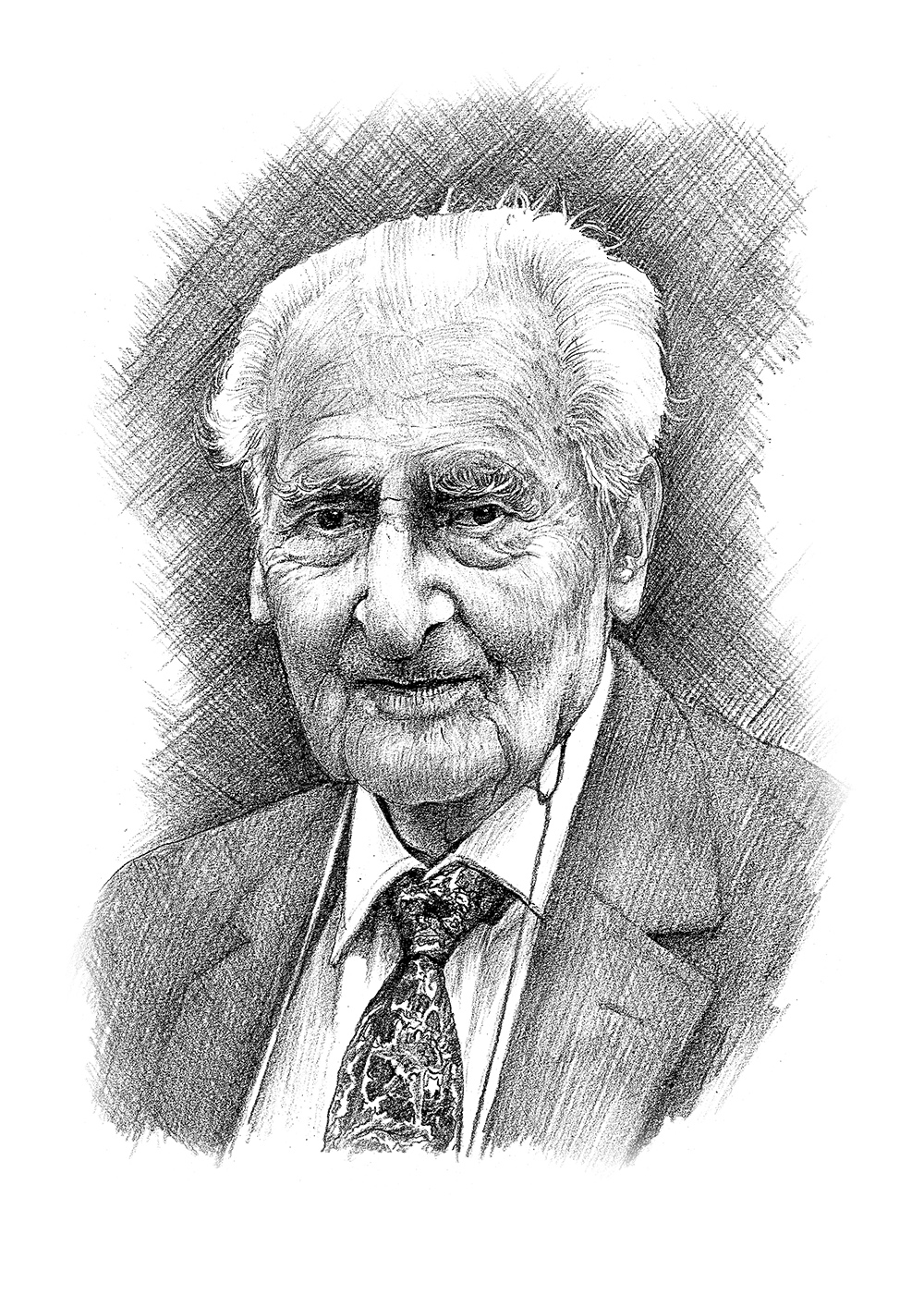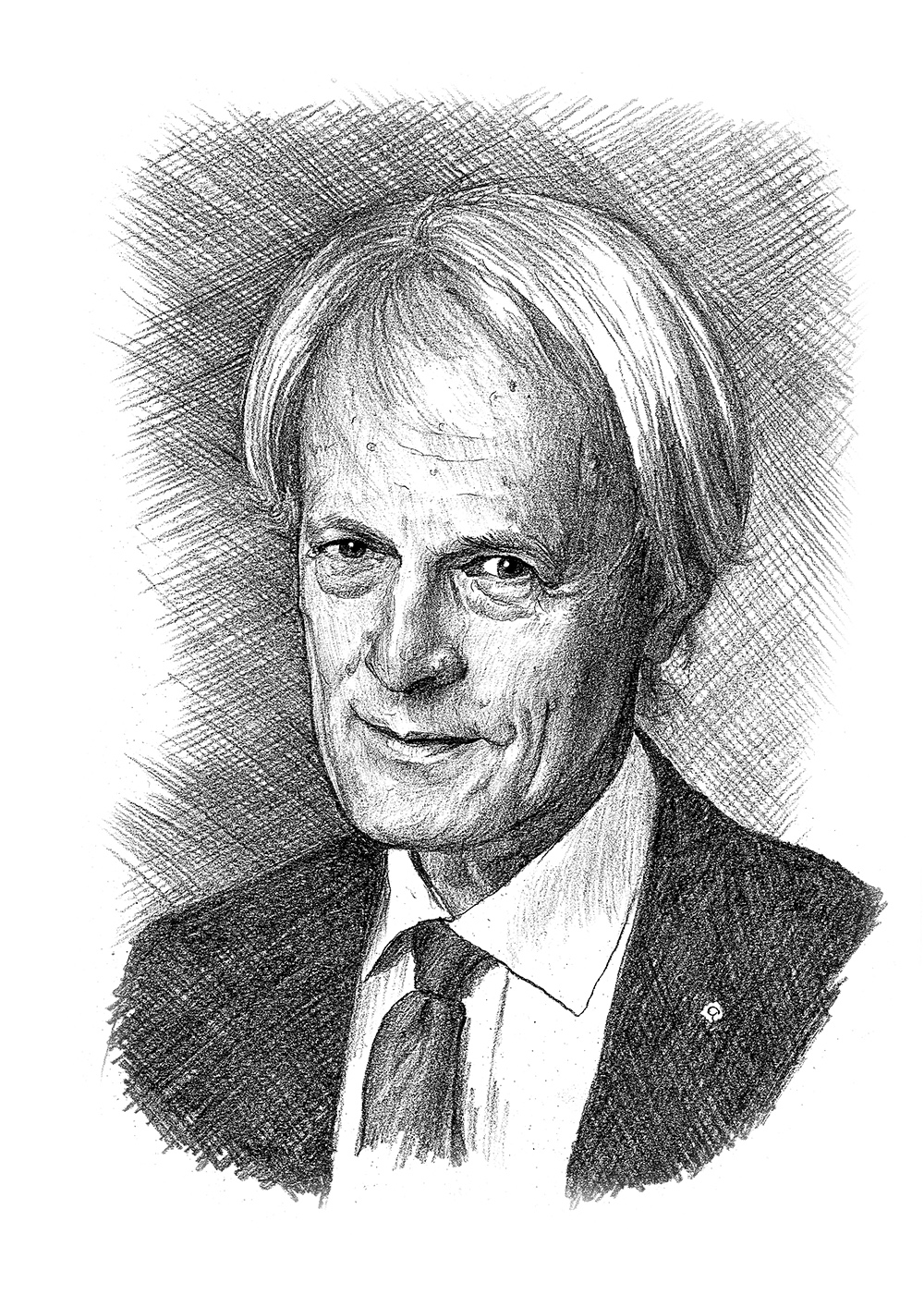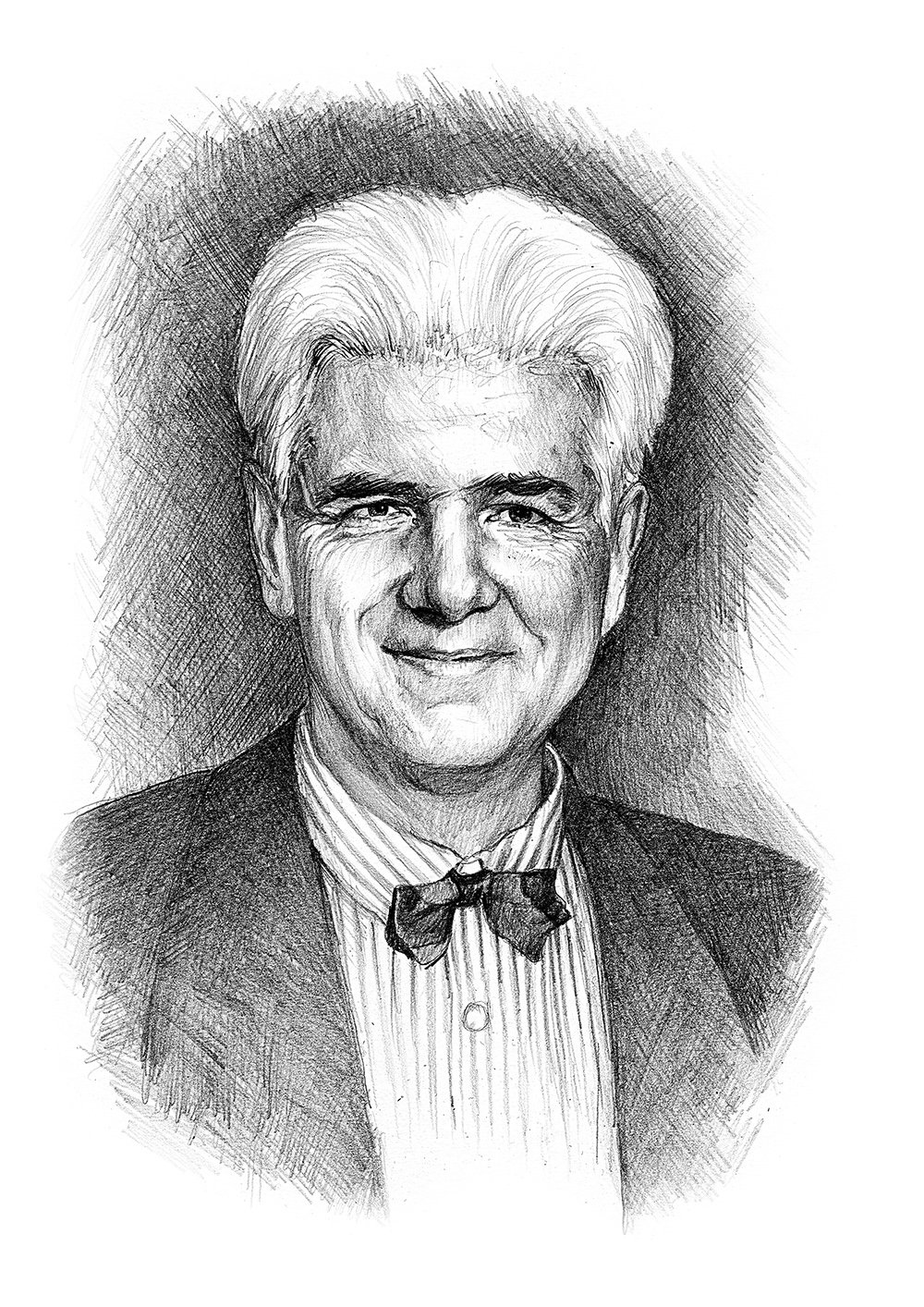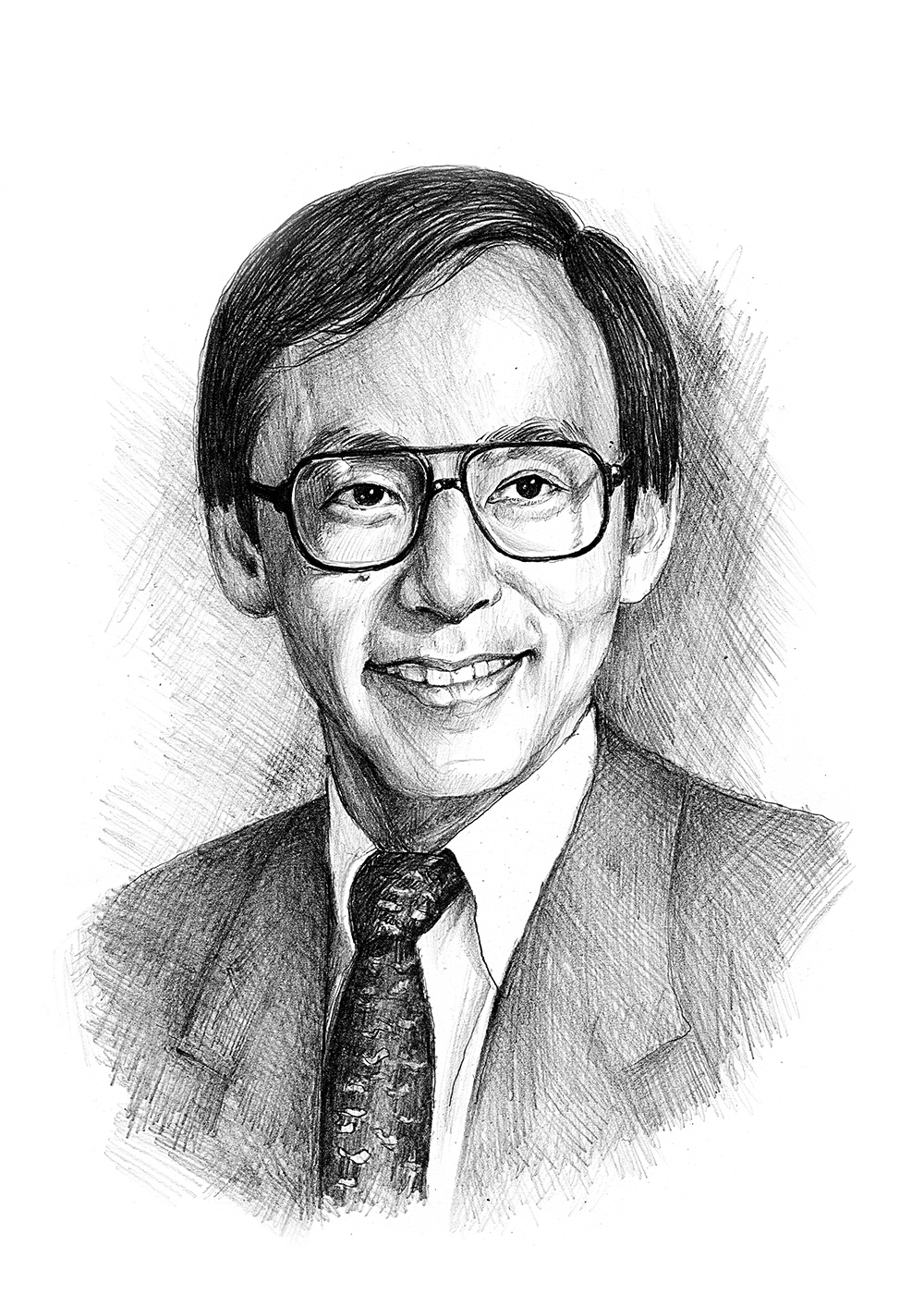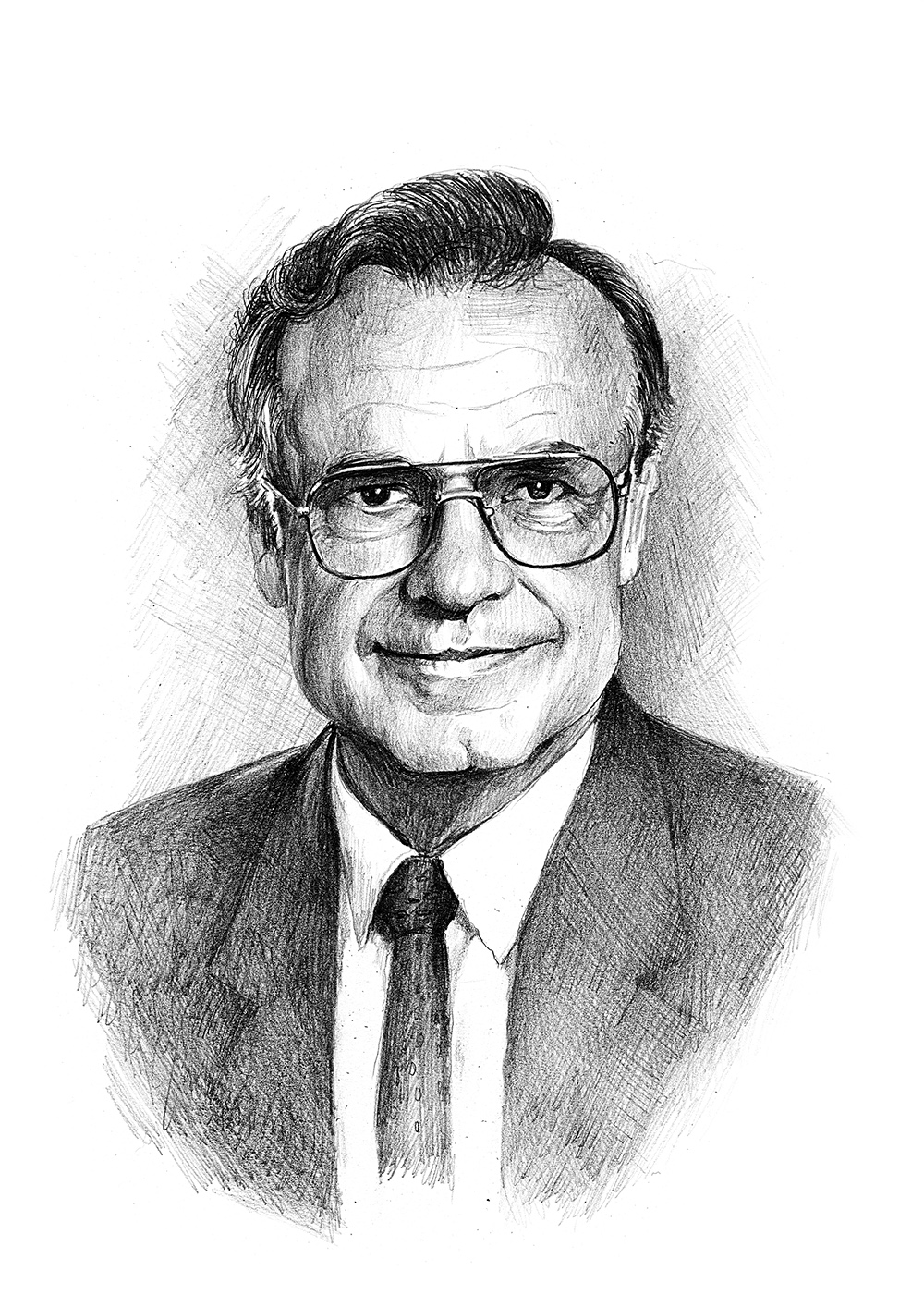Carl Wieman earned his B.S. from Massachusetts Institute of Technology and his Ph.D. in Physics from Stanford University. Following his graduation, he served as an Assistant Research Scientist at the University of Michigan, and became an Associate Professor in 1979. He moved to the University of Colorado inn1984, where he was appointed an Associate Professor then a full Professor of Physics in 1987. He served from 1993 to 1995 as a Chairman of the Joint Institute for Laboratory Astrophysics (JILA), a leading center for the study of atomic and molecular physics at the same university. He was also appointed as a Distinguished Professor at the University of Colorado in 1997.
In 1995, Professor Wieman and Professor Eric Cornell made history with their stunning success in producing the first true Bose-Einstein Condensate, a new form of matter that occurs at just a few hundred billionths of the absolute zero. This discovery, which earned them worldwide recognition, was achieved by cooling rubidium-87 atoms to an incredibly low temperature, using lasers, then trapping and holding these atoms virtually motionless with the aid of magnetic traps of the right kind of field, and evaporative cooling techniques.
Professor Weiman received countless awards including the E. O. Lawrence Prize, Davisson-Germer Prize, Einstein Medal for Laser Science, Fritz-London Prize, Newcomb-Cleveland Prize (AAAS), Richtmyer Memorial Lecture Award, and Bonfils-Stanton Foundation Prize. He was also awarded an Honorary Doctorate in Science by the University of Chicago. Professor Wieman is a Fellow of JILA, the Australian Academy of Sciences, and the American Physical Society.
This biography was written in the year the prize was awarded.

